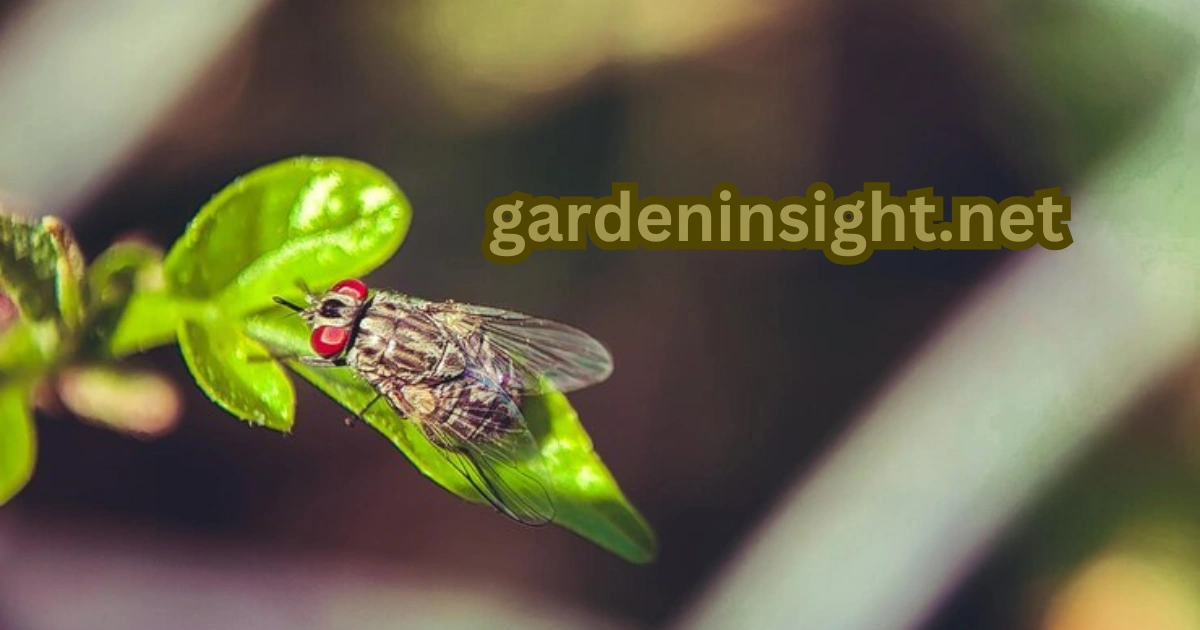Cicadas are fascinating insects, but their presence can pose challenges for gardeners. While they don’t feed on plants, their egg-laying behavior can damage young trees, shrubs, and other vegetation.
To protect garden from cicadas requires a combination of preventive measures, protective materials, and maintenance techniques.
This guide provides practical advice to keep your garden safe during cicada season.
Why To Protect Garden from Cicadas?
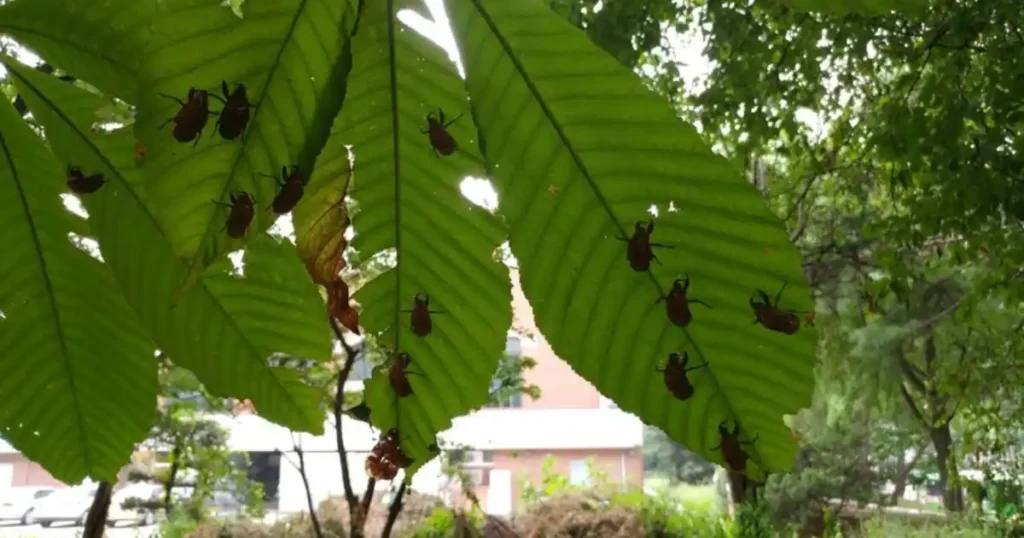
- Prevent damage to young trees and plants.
- Protect fruits and vegetables.
- Maintain the overall health and appearance of your garden.
What Plants Are Most at Risk from Cicadas?
Certain plants are more vulnerable to cicada damage, especially young trees and shrubs. Here’s a breakdown:
| Plant Type | Risk Level | Reason |
|---|---|---|
| Young Trees | High | Cicadas lay eggs in soft, thin branches. |
| Fruit Trees | Moderate to High | Branches may break under cicada activity. |
| Shrubs and Bushes | Moderate | Limited risk unless near young trees. |
| Vegetables and Herbs | Low | Cicadas don’t typically feed on these. |
How Do Cicadas Damage Gardens?
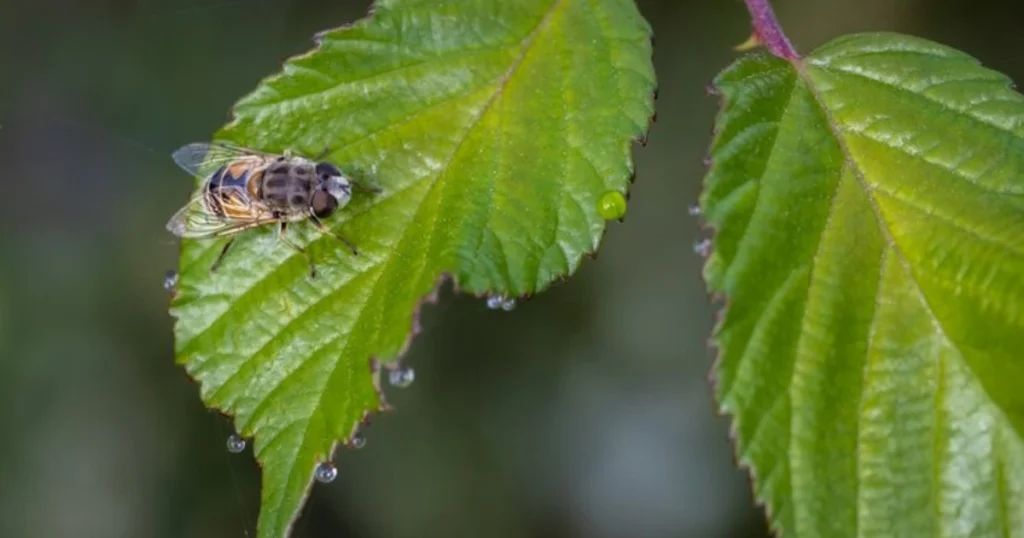
Cicadas cause damage mainly during their egg-laying process. Female cicadas create slits in thin branches to deposit their eggs, which can:
- Weaken the branches, causing them to break.
- Stunt the growth of young trees.
- Lead to secondary infections in damaged areas.
Understanding this helps in targeting protective measures effectively.
When is Cicada Season, and How Long Does it Last?
Cicada season varies depending on the type of cicada:
- Annual Cicadas: Appear every year during late summer.
- Periodical Cicadas: Appear every 13 or 17 years, usually in late spring or early summer.
The season typically lasts 4-6 weeks, during which cicadas mate, lay eggs, and die. Monitoring local reports can help you prepare in advance.
Can Netting Protect Garden from Cicadas?
Yes, netting is one of the most effective ways to protect plants from cicadas. Follow these steps:
- Choose a fine mesh netting to cover your plants.
- Secure the netting tightly around the base of trees or plants.
- Remove the netting after cicada season ends to allow normal growth.
| Netting Material | Effectiveness | Best Use |
|---|---|---|
| Fine Mesh | High | Young trees and shrubs |
| Plastic Screening | Moderate | Small garden areas |
| Garden Fabric | Low to Moderate | Short-term protection |
Natural Ways to Protect Garden From Cicadas
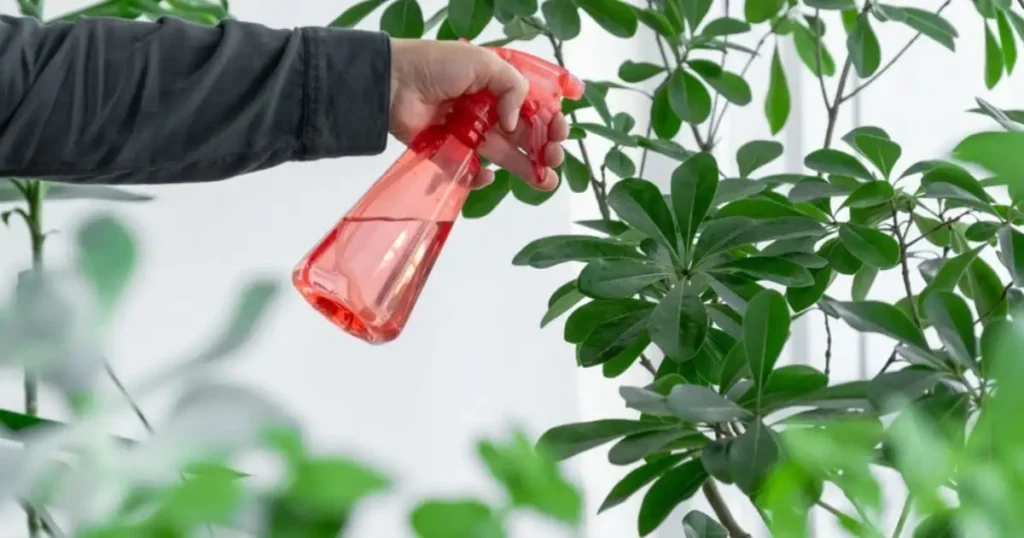
If you prefer eco-friendly methods to protect garden from cicadas, consider these natural deterrents:
- Water Spray: Use a garden hose to dislodge cicadas from plants.
- Garlic Spray: Homemade sprays can discourage cicadas.
- Predators: Encourage birds and other natural predators in your yard.
Should You Prune Trees to Prevent Cicada Damage?
Pruning is an excellent preventive measure to protect garden from cicadas:
- Trim dead or weak branches before cicada season.
- Delay heavy pruning until after the season to avoid exposing fresh cuts.
- Focus on shaping young trees to reduce vulnerable growth areas.
- Essential Oils: Certain essential oils, like peppermint and neem oil, can also deter cicadas. Mix a few drops with water and spray on affected plants.
- Kaolin Clay: This natural clay creates a barrier on plants that cicadas find unappealing. Mix kaolin clay with water and spray it on your plants.
Do Cicadas Harm Vegetables or Fruits?
Cicadas rarely harm vegetables or fruits directly. However:
- They may damage fruit trees by breaking branches during egg-laying.
- Vegetables and herbs are generally safe, but covering them with netting can provide extra protection.
How to Protect Garden Plants from Cicadas
- Cover plants with netting during peak cicada activity.
- Apply a layer of mulch around plants to protect roots.
- Use barriers like aluminum foil around tree trunks to deter climbing cicadas.
How to Protect Yard from Cicadas
In addition to protecting plants, focus on general yard care:
- Keep grass trimmed to reduce hiding spots.
- Remove dead branches and debris that attract cicadas.
- Maintain healthy trees and shrubs with regular watering and fertilization.
How to Protect Vegetable Garden from Cicadas
- Cover rows of vegetables with lightweight fabric.
- Install stakes to support protective coverings.
- Monitor the area daily to remove any cicadas manually.
How to Protect Plants and Trees from Cicadas
Protecting plants and trees involves:
- Applying netting during the egg-laying season.
- Using sticky traps to catch cicadas.
- Inspecting and repairing any damage promptly.
Safe Removal of Cicadas from Garden
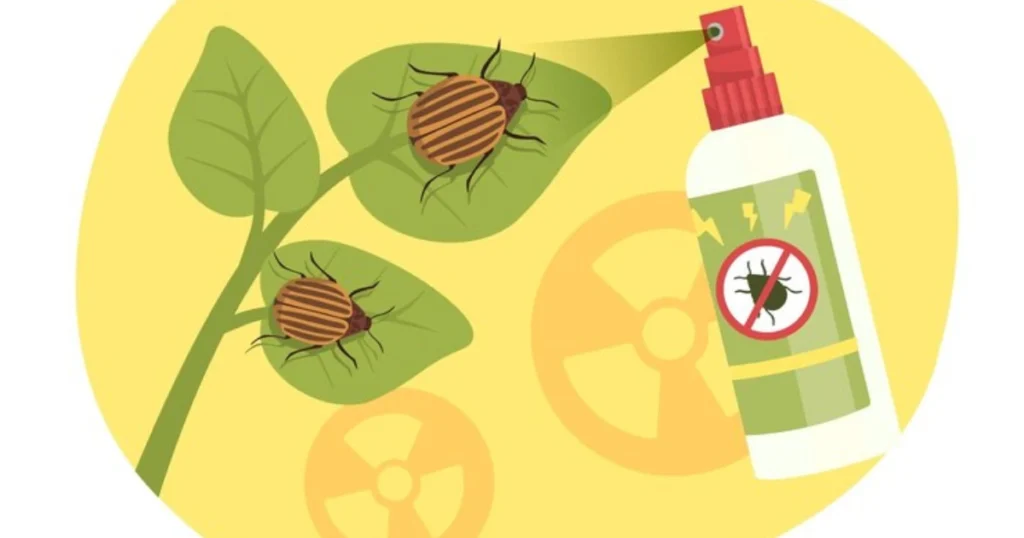
If cicadas have already invaded, follow these safe removal tips:
- Manual Removal: Pick cicadas off plants and dispose of them.
- Vacuuming: Use a handheld vacuum for larger infestations.
- Avoid Insecticides: Most chemicals are unnecessary and may harm beneficial insects.
- Shaking Branches: Gently shake branches to dislodge cicadas.
- Water Spray: A strong spray of water can knock cicadas off plants.
Conclusion
To protect garden from cicadas involves a combination of understanding their behavior, timing your efforts, and using appropriate protective measures.
By utilizing netting, natural deterrents, and pruning techniques, you can effectively minimize cicada damage and ensure your garden thrives.
Remember, cicadas are a natural part of the ecosystem, and while their emergence can be challenging for gardeners, it’s possible to coexist with these fascinating creatures while safeguarding your plants.
FAQs
Some of the frequently inquired questions regarding the ways to protect garden from cicadas are given as:
What Plants Are Most at Risk from Cicadas?
Young trees and fruit trees are the most vulnerable because cicadas lay eggs in their thin branches.
How Do Cicadas Damage Gardens?
Cicadas cause damage by creating slits in branches to lay their eggs, which can weaken or break the branches.
When is Cicada Season, and How Long Does it Last?
Cicada season lasts 4-6 weeks, typically in late spring or early summer, depending on the species.
Can Netting Protect Plants from Cicadas?
Yes, fine mesh netting is highly effective in keeping cicadas away from young trees and shrubs.
What Are Natural Ways to Deter Cicadas?
Natural methods include spraying plants with water, applying garlic spray, and attracting natural predators like birds.
